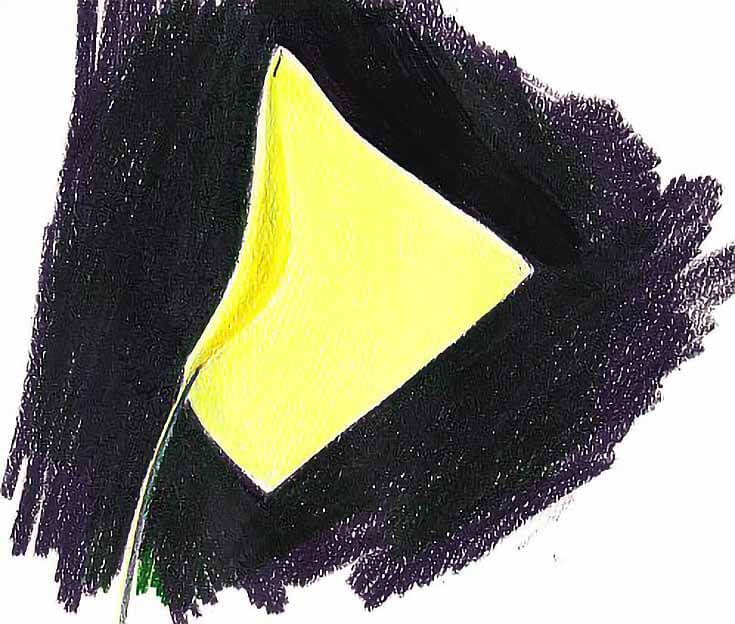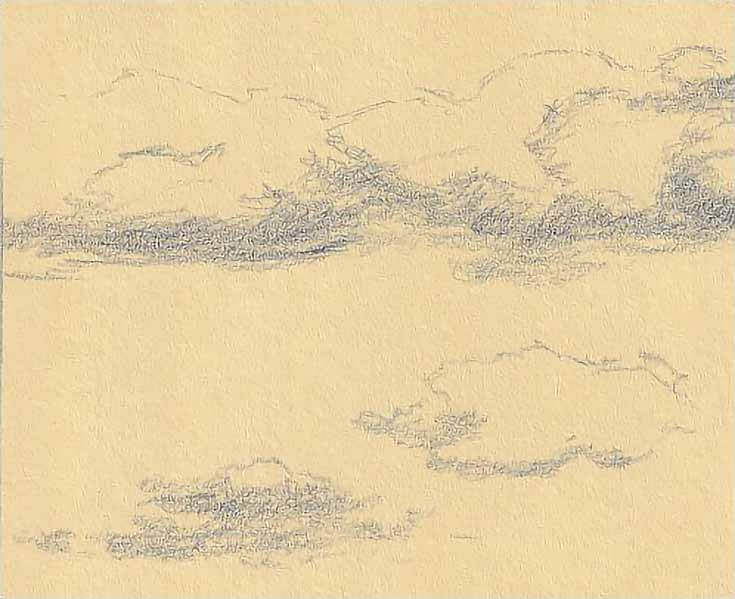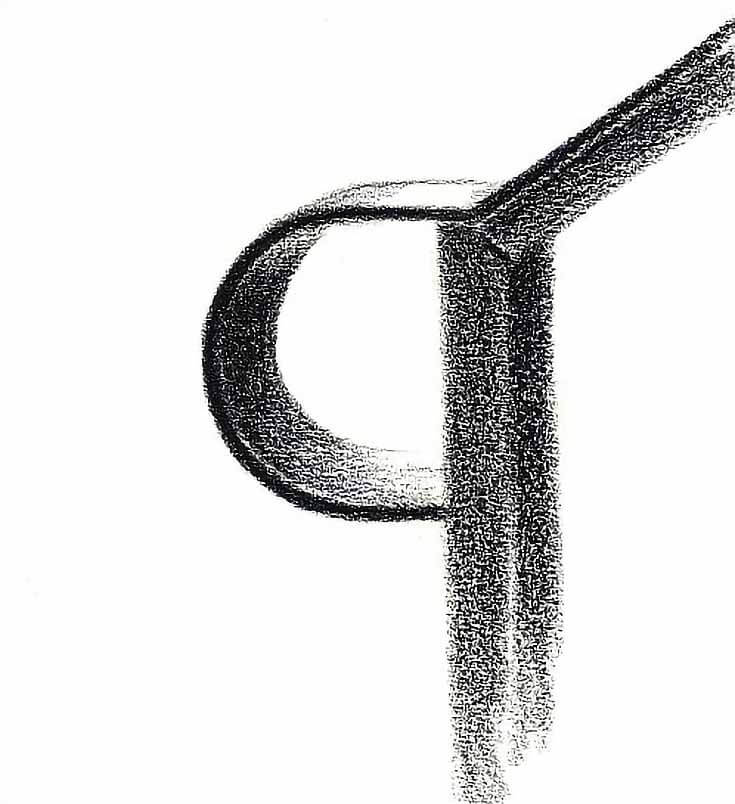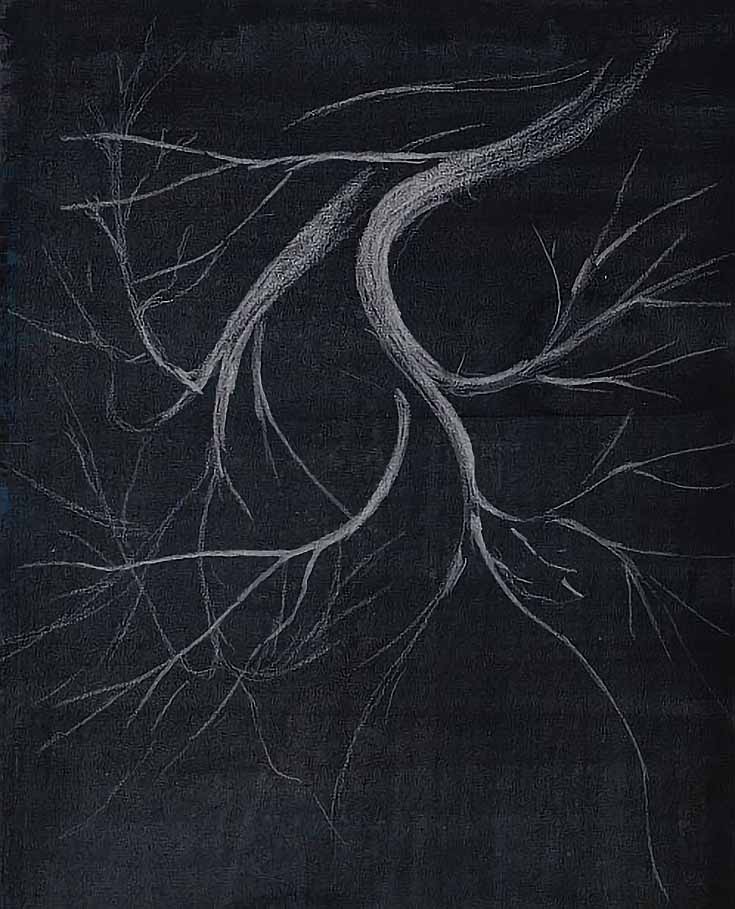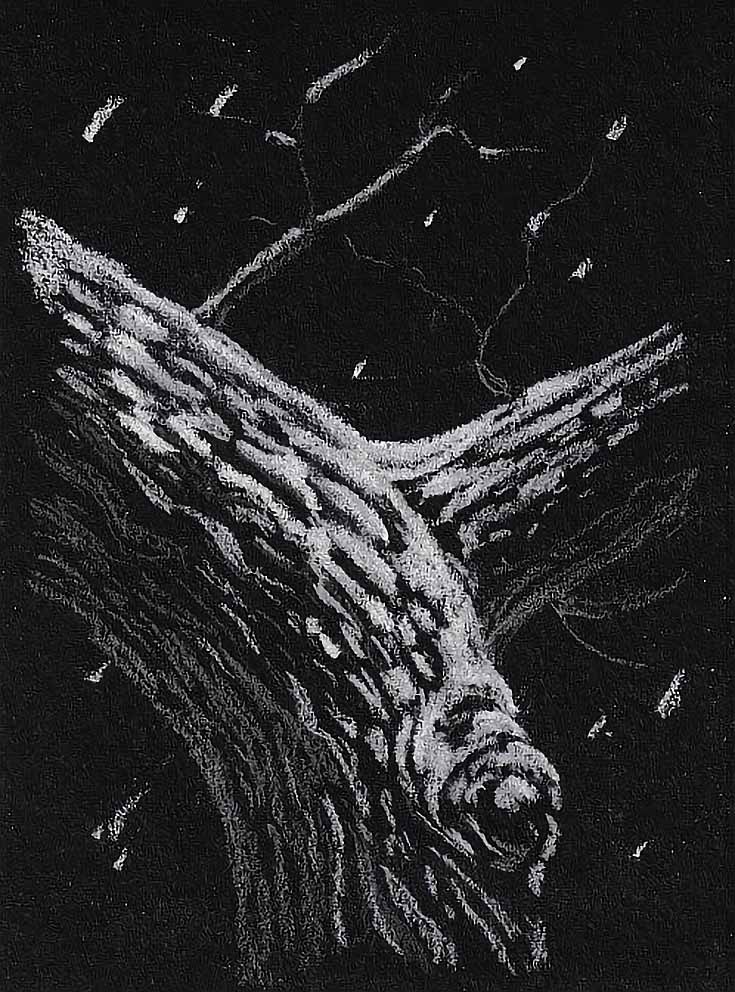In a previous article, I shared a few ways artists can stay creative during the holidays. My tips included activities both in and outside the studio, and one of the tips I included was daily sketching.
Today, I want to follow up on that idea, since daily sketching—or at least regular sketching—has helped me stay creative when the press of life squeezes out more serious studio time.
A quick aside on drawing in general, if you want to learn everything about sketching that’s in this article, we cover going from basic sketches to creating realistic drawings in our new guide How to Draw EXACTLY What You See.
Let’s get started learning how to sketch now.
But rather than suggest ways to find subjects for quick sketches or studies (as was my original intent) I’d like to share a few thoughts for artists who, like me, don’t spend much time sketching.
How I got into the sketching habit
For most of my life, every piece of art has been “for real.” That is, it’s been a portrait for a client. Since I also worked full time and studio time was limited, I made very little art for fun. There just wasn’t time for it.
That was okay back then. I loved what I was doing and the work was satisfying. I didn’t see the need for anything else. Sketching was always connected to a portrait, and usually limited to figuring out some detail of the subject.
Then I became a full-time artist, and suddenly had time for something more than “the real work of art.” Even so, it took several years before the idea of drawing for fun began to take root.
Making the transition to drawing and sketching for fun was still difficult. I lived in town and didn’t have ready access to horses (my favorite subject at the time) or landscapes (a developing favorite). Finding something to draw most days left me cold. There seemed nothing to draw!
In the end, I had to lay a few ground rules for myself just to get started. Otherwise, I couldn’t conjure up the motivation to sketch most of the time. Of course, when I was motivated, it was difficult to settle on subjects to draw. There was also that nasty tendency to make everything a “serious piece.”
Does any of that sound familiar?
If you find yourself in the same situation (or a similar one) I hope these basic, personal ground rules will help you get started sketching for fun. And then I hope they will keep you going until you’ve developed the sketching habit!
Tip 1: Plan on short sketching sessions
Spend no more than 30 minutes on a drawing. Less is usually better, but try to keep sketching sessions to 30 minutes. Any more than that and you may end up getting into the kind of detailed drawing that leads to more finished pieces, and that defeats the idea of sketching.
Tip 2: Think small
Keep the focus of the sketch small. Don’t sketch an entire tree. . . just sketch a branch, or a knot, or some other small portion.
Tip 3: Limit your color palette
Since I do most of my sketching with colored pencils, this was important. If I take all my pencils, I’m soon spending more time matching colors than sketching. So my field kit contains a limited selection of colors (and most of them are pencil stubs). When I sketch at home, I often just grab one or two colors and work with them.
If you work in graphite or charcoal, you’re automatically limited in colors, but there are still choices to be made. It’s best to select one drawing tool and stick with it.You might also consider using colored paper with a limited palette.
Tip 4. Draw anything!
Under no circumstances should you limit your choice of subjects to favorite subjects. You can start with those things, but part of sketching for fun is exploring new subjects.
Tip 5. Sketch at all hours
Try sketching at different times of day. Morning shadows and light are different than evening shadows and light. The light of midday is different from either of those two. Darkness provides an entirely different set of opportunities.
You can spend days sketching the same subject under different lighting conditions and learn something new with every sketch.
Tip 6. Sketch rain or shine
Do not, under any circumstances, let the weather determine whether or not you sketch. Rain and even snow can enliven a sketching session like nothing else.
Tip 7. Look in unusual places for inspiration
There are plenty of interesting things all around. Step outside and take a look at the things on or around your front porch. Or look around your studio or the rest of your home. The point is that there are always things to draw close at hand.
When searching for something to draw, don’t rule anything out completely (no matter what it is) and look for things that attracts your glance a few times. What makes a subject interesting as a drawing or sketch has as much to do with how you see it and choose to draw it as with its innate qualities.
In reality, there are so many different things to sketch, I promise you’ll never run out of subjects. But you have to make some deliberate decisions to look for them, and then you need the discipline to “just draw,” even when nothing catches your eye!
So step out your front door (or back door) and see what’s available. Then take a little time to sketch it. You might be surprised at the results!
This post may contain affiliate links.
